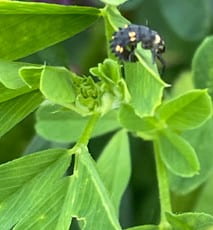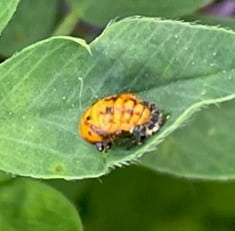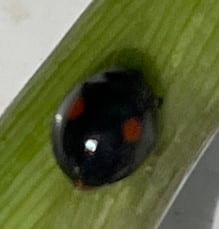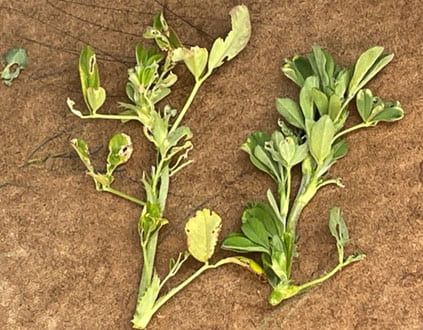–by Jeff Whitworth — Field Crops
“Worms” have been voraciously feeding throughout at least the eastern 2/3’s of Kansas for about the last 3 weeks. However, they have only recently gotten large enough to cause considerable damage and thus concern. The main problem in alfalfa, so far, seems to be a combination of fall armyworms (see fig 1), armyworms (see fig 2), and somewhat surprising, alfalfa caterpillars (see fig 3).
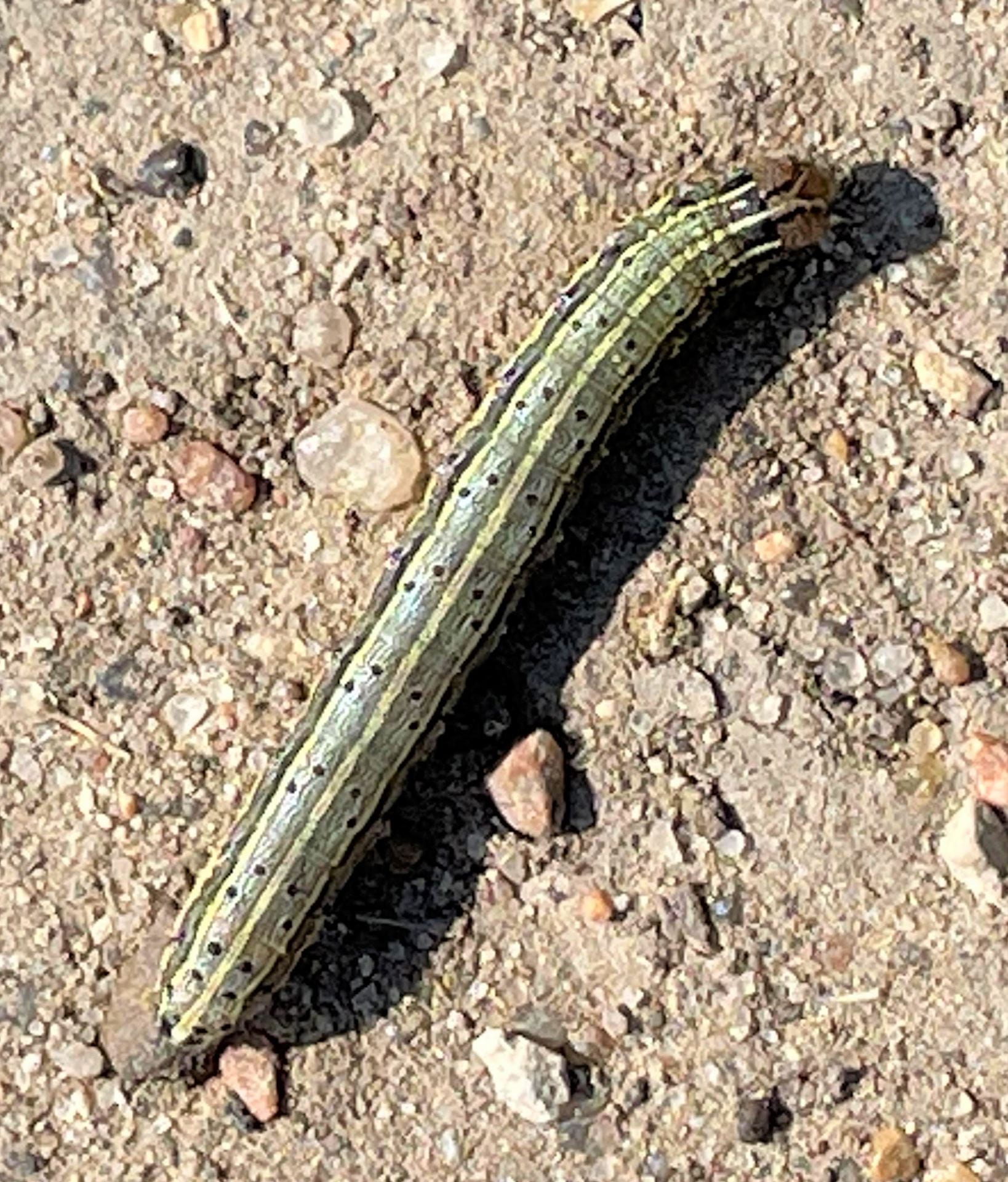
Figure 1: Fall armyworm
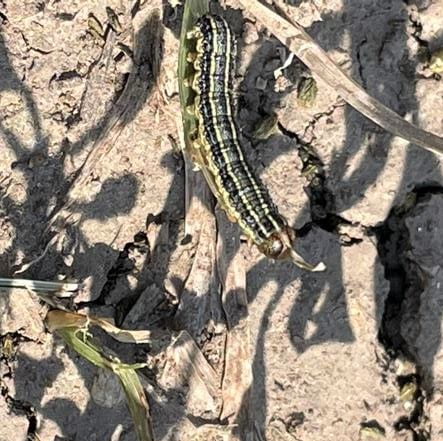
Figure 2: Armyworm

Figure 3: Alfalfa caterpillar
Alfalfa caterpillars are usually quite common in alfalfa and soybeans, however, not at the densities detected this year. Alfalfa caterpillars pupate then emerge as the common yellow (see fig 4) or white butterflies usually seen flying around alfalfa and soybean fields.

Figure 4: Adult alfalfa caterpillar
Regardless of which larval species, it is apparent that the majority of the larvae are relatively mature and thus will be/or are pupating soon. Pupation will probably take 4-5 days. Then the adults will emerge, mate and start depositing eggs. These eggs will hatch, and then in 4-7 days the new, but very small, larvae will start the feeding process all over again. Armyworms (fig 2) will attack mainly grasses, i.e. brome, late-planted sorghum, wheat, etc. Alfalfa caterpillars (fig 3) will mostly stay in alfalfa or soybeans, before they get too mature, and fall armyworms (see fig 1) may feed on just about any crop. However, sorghum should only be susceptible to “headworms” from flowering until soft dough. All three species may have at least one more generation, if not more, until a hard freeze puts a stop to them.










